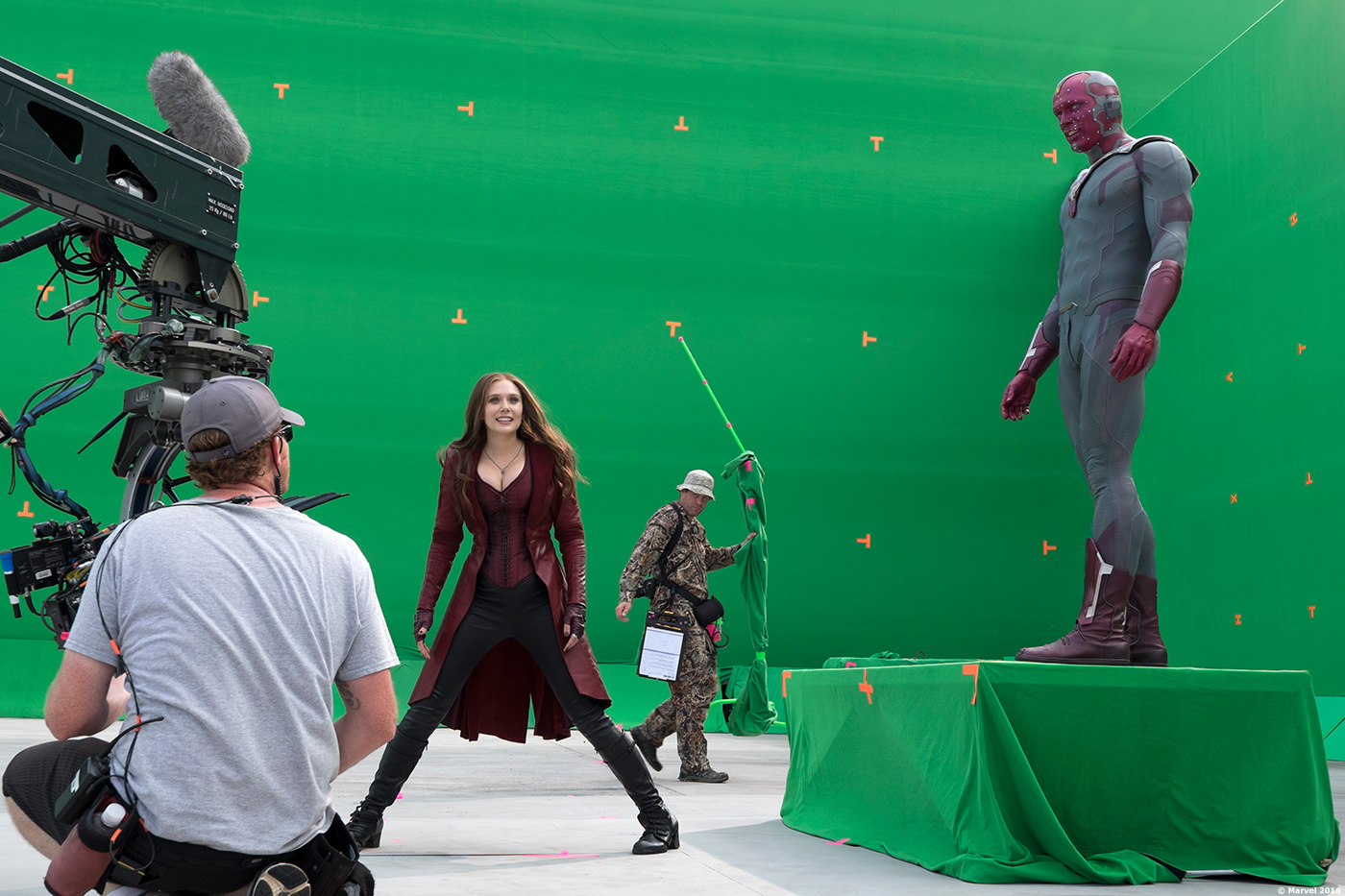
Have you ever wondered how those incredible movie scenes with floating characters and exotic locations are created? It’s all thanks to the magic of green screen technology!
We’ll delve into the fascinating world of green screens and explore their inner workings. You’ll discover the principles behind a green screen, the key components needed for a setup, and the techniques used to achieve seamless and realistic effects.
Get ready to uncover the secrets behind this essential tool in modern filmmaking.
The Principles Behind a Green Screen
To understand how a green screen works, you need to know the principles behind it. The key principle is chroma keying, which involves isolating and removing a specific color from an image or video.
In the case of a green screen, the color being removed is green. This allows for the insertion of a different background or visual element in its place. The reason green is commonly used is because it provides the greatest contrast with human skin tones, making it easier to separate foreground subjects from the background.
Key Components of a Green Screen Setup
The key components of a green screen setup include the backdrop, lighting, and software.
To create a seamless illusion on screen, you need a solid colored backdrop, typically green or blue, which allows for easy removal in post-production.
The lighting setup is crucial to achieving even and consistent illumination across the entire backdrop in a studio equipped with a green screen. It helps reduce shadows and ensures accurate color representation.
Using specialized software, you can replace the green background with any desired image or video footage during editing. This technology relies on chroma keying, where the software identifies the specific color range (green or blue) and removes it from the final composition.
Techniques for Achieving Seamless Green Screen Effects
Achieving seamless green screen effects requires proper lighting and software that accurately removes the chosen color backdrop. To ensure a professional result, follow these techniques:
1. Lighting: Use soft, even lighting to minimize shadows and create an evenly lit background.
2. Distance: Position yourself or your subject at an appropriate distance from the green screen to avoid spillage.
3. Wrinkles: Smooth out any wrinkles or creases in the green screen fabric to prevent uneven color removal.
4. Calibration: Calibrate your camera settings and software for optimal color keying and accurate removal of the green color.
By following these techniques, you can achieve flawless green screen effects that seamlessly blend your subject with any virtual background, transporting them to different worlds and enhancing their visual storytelling experience.
Conclusion
In conclusion, using a green screen allows for the creation of stunning visual effects in movies and videos. By replacing the green background with any desired image or video footage, filmmakers can transport their audience to any location or environment.
The key components, such as proper lighting and chroma keying techniques, are essential for achieving seamless results. Just like a master painter effortlessly blends colors on their canvas, a well-executed green screen effect seamlessly merges reality with imagination on the screen.







